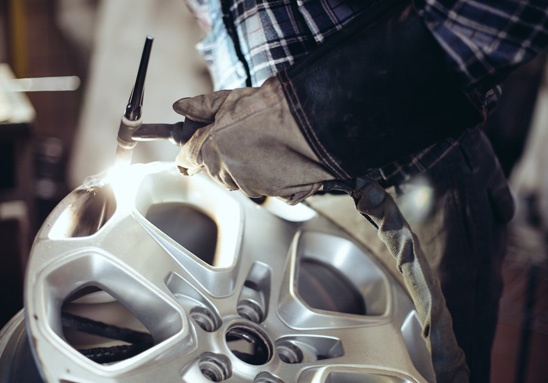Understanding the Benefits and Uses of Rubber Crush Washers in Sealing Applications and Maintenance
The Importance of Rubber Crush Washers
Rubber crush washers, often overlooked in the vast array of mechanical components, play a crucial role in various applications across multiple industries. Their unique design and functionality provide essential sealing properties, making them indispensable in situations requiring leak prevention and vibration dampening. In this article, we will delve into the characteristics, applications, manufacturing processes, and advantages of rubber crush washers.
Characteristics of Rubber Crush Washers
Rubber crush washers are circular-shaped seals made from elastomeric materials like rubber, silicone, or neoprene. Their primary characteristic is their ability to compress under torque, allowing them to fill gaps and create a tight seal between two surfaces. This compression makes them ideal for environments where fluid or gas leaks are a concern. The inherent elasticity of rubber ensures a snug fit, accommodating minor irregularities in surface finishes and allowing for consistent performance under various pressures.
Applications
Due to their sealing capabilities, rubber crush washers are widely used in automotive, aerospace, plumbing, and manufacturing industries. In the automotive sector, they are often found in oil and fuel connections, serving to prevent leaks that could lead to severe engine damage. In plumbing, rubber crush washers are used in faucet and valve assemblies to ensure a watertight seal, preventing costly leaks and water waste.
In aerospace applications, these washers are critical in maintaining the integrity of fuel lines and hydraulic systems, where even a minor leak can pose serious risks. Additionally, rubber crush washers are employed in various machinery and equipment, providing vibration isolation and helping to prolong the lifespan of mechanical parts by reducing wear and tear.
Manufacturing Process
rubber crush washer

The manufacturing of rubber crush washers involves several steps to ensure quality and consistency
. The process typically begins with selecting the appropriate elastomeric material based on the application's requirements, including temperature resistance, chemical compatibility, and mechanical strength.Once the material is chosen, it is placed in a mold where heat and pressure are applied to shape the washer. This process, known as compression molding, ensures that the washers are uniform in thickness and diameter, providing reliable sealing capabilities. After molding, the washers are often subjected to a curing process, which cross-links the rubber molecules and enhances their durability and elasticity. Quality control measures are taken at each stage to ensure that the final product meets the stringent standards required for its intended applications.
Advantages of Rubber Crush Washers
One of the primary advantages of rubber crush washers is their ability to create a reliable seal under a variety of conditions. Their compressibility allows them to adapt to changes in pressure and temperature, making them suitable for both high-pressure and vacuum applications. Furthermore, rubber crush washers are resistant to many chemicals, oils, and fuels, which extends their lifespan and effectiveness.
In comparison to rigid washers, rubber crush washers can effectively dampen vibrations and reduce noise, contributing to smoother operation in machinery and vehicles. Their flexibility also means that they can be reused in many applications, providing a cost-effective solution for maintenance and repairs.
Conclusion
In summary, rubber crush washers may seem like simple components, but their impact on machinery, vehicles, and systems is profound. By providing reliable sealing and vibration dampening, they enhance the performance and longevity of various applications. As industries continue to evolve, the demand for effective sealing solutions like rubber crush washers will remain crucial in ensuring safety and efficiency in operations. Understanding their importance can help engineers and technicians make informed decisions when selecting sealing components for their projects.
-
The Ultimate Guide to Car Repair Kits: Tools and Essentials Every Driver Should Own
News Aug.01,2025
-
The Complete Guide to Oil Pan Gaskets: Sealing Engine Leaks the Right Way
News Aug.01,2025
-
Preventing Oil Leaks: A Complete Guide to Oil Pan Gaskets and Drain Seals
News Aug.01,2025
-
Everything You Need to Know About Oil Pan Gaskets and Drain Plug Seals
News Aug.01,2025
-
Essential for Car Owners: How to Use a Car Repair Kit to Deal with Minor Breakdown
News Aug.01,2025
-
Comprehensive Guide to Engine Oil Sump Gaskets and Related Seals
News Aug.01,2025
-
The Ultimate Guide to Boat Propeller Bearings and Trailer Wheel Bearings
News Jul.31,2025
Products categories















